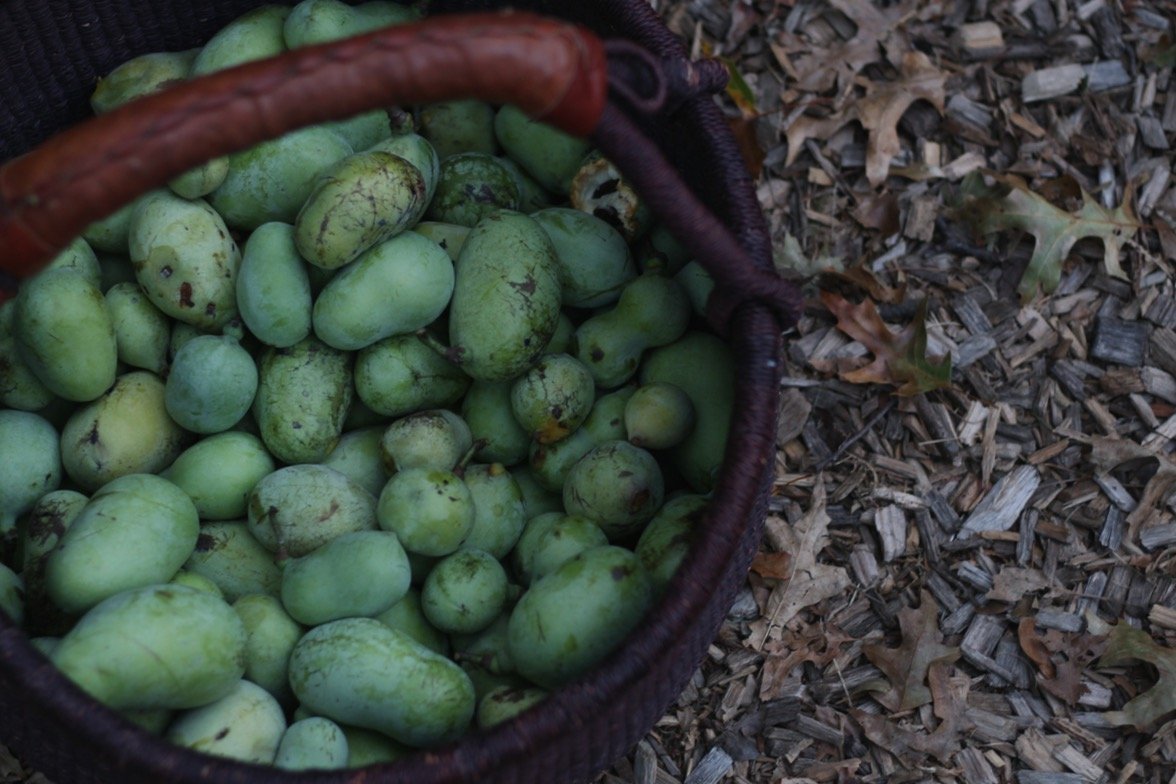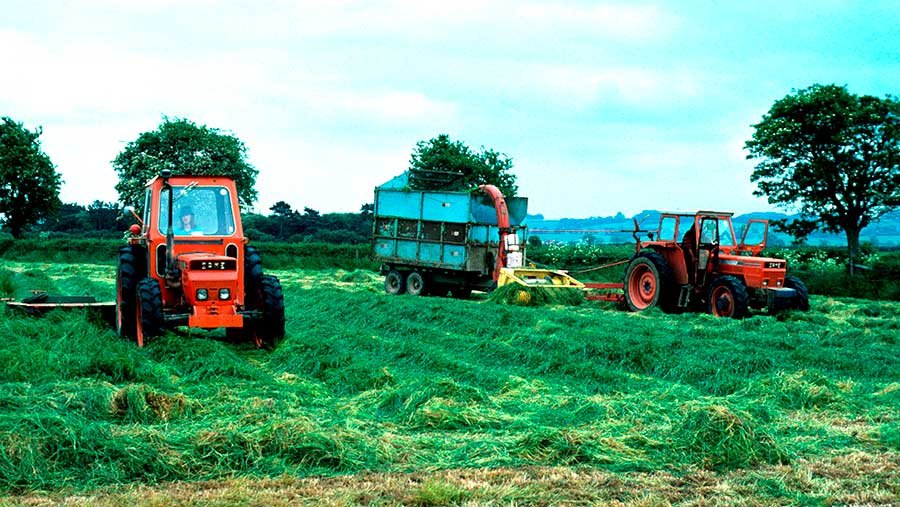Carbon credits are still in their early days, but some already see the system as badly in need of a digital makeover.
Among them is Moss.Earth founder and CEO Luis Felipe Adaime, who uses the words “dysfunctional” and “distorted” to describe the current marketplace.
He argues it should be fully digitized and standardized – and should exist largely on the blockchain.
His São Paulo-based startup strives to do this by tokenizing carbon credits generated from the Amazon rainforest and introducing other ‘Web 3.0’ applications into the environmental sector.
Individuals as well as companies of all sizes can purchase Moss.Earth’s MCO2 tokens to offset their own carbon emissions, with the proceeds going towards “reputable environmental projects” working to save the Amazon rainforest, he tells AFN.
The token is also available for trading on major cryptocurrency exchanges such as Coinbase, Gemini, and Mercado Bitcoin, and on the Celo network. One MCO2 token is equal to one ton of carbon dioxide saved, Adaime says.
Since MCO2’s launch, Moss.Earth has sent $30 million to Amazon preservation projects, preserved 301 million trees, and avoided 1.33 million tons of emissions. The company counts some of Brazil’s largest corporations as clients including Hering, Arezzo, and iFood, as well as North American financial institutions One River Asset and Skybridge.
Founded in 2020, Moss.Earth just raised $10 million in Series A funding to further its vision. SP Ventures and Acre Venture Partners led the round with participation from Jive, Flori, Arrington Capital, and The Craftory.
Tokenizing carbon credits
Adaime cites traceability and security as major reasons to tokenize carbon credits versus distributing and monitoring them via traditional routes. The way the market records transactions and monitors for foul play and fraud is still fairly old-fashioned, in digital terms; this leads to a risk of ‘double spending,’ credits sold for projects that didn’t exist, and other questionable activities.
Tokenizing credits makes them a lot easier to audit, Adaime argues. “Once something is on the blockchain, you cannot double spend it,” he says. Moss also uses third-party audit companies to go through the ledger of transactions and ensure MCO2 tokens were only transacted once.
When credits aren’t on the blockchain, the buyer must depend on the conservation project’s credibility or on the carbon credit registries that work as watchdogs for such transactions. According to Adaime, they are using “incredibly out-of-date technology” to do this.
Continued challenges
There is no shortage of debate around the veracity of carbon credits.
Some schemes have been labeled as a form of greenwashing that gives large corporates and others license to keep polluting.
Meanwhile, putting credits on the blockchain raises further environmental questions, since cryptocurrency mining — the process by which transactions are validated — can consume enormous amounts of energy. While acknowledging these concerns, Adaime says that all Moss.Earth assets on the blockchain are “born carbon-neutral.”
The startup “monitors the transactions and total ledger and continuously retires the necessary amount of carbon offset credits to neutralize — or zero-out — the greenhouse gas emissions from its tokenization activities,” he wrote in a blog post for cryptocurrency exchange Gemini earlier this year.
To AFN, he claims that cryptocurrency mining is “emitting less and less because the whole system is based on the use of incentives for miners to use the lowest-cost energy possible.”
“Since solar and wind energy became [cheaper] there’s already an incentive for bitcoin mining companies to stop using coal plants for the generation of their energy.”
NFTs and beyond
Adaime says Moss.Earth is growing its number of clients to include a variety of sectors, as well as more companies in the US and Europe.
Brazil, too, remains a key part of the company’s strategy. “If there’s one place to be for carbon credits it’s Brazil,” says Adaime.
“Brazil has half of the world’s estimated carbon reserves because we have so much of the world’s rainforests and so much of the world’s sustainable agriculture. A company like us that has a Brazilian focus will tend to have a bit of an advantage in setting this up.”
Expanding its web 3.0-based offerings is another work in progress for Moss.Earth. For example, the company’s customers can now purchase non-fungible tokens (NFTs) to own a piece of the Amazon rainforest.
Moss acquires the land for these NFTs through its subsidiary Terra Vista Gestora de Recursos LTDA. It purchased 50 hectares of the Fazenda Rio Azul (Blue River Farm) in Para state in January 2022 and subsequently made shares of it available as NFTs. Moss stresses on its website that a person is buying the actual land when purchasing the NFT, not just financing the conservation of the land.
One NFT purchased from Moss.Earth is equal to one hectare of forest – roughly the size of a football field.
Buyers can digitally monitor their piece of land by using remote sensing tools provided by Descartes Labs. They are also legally bound to certain restrictions. They cannot “burn, squander, or deforest the land in any way,” according to Moss.Earth. Beyond that, a person can do whatever they want with the land — including reselling it by selling their NFT — so long as it “does not impair the local ecological balance.” Without delving into specifics, the company says it will arrange trips for curious owners to visit their land at some point in the future.
NFTs for Blue River Farm became available for purchase on the OpenSea marketplace in January, and Adaime says the company sold about $100,000-worth in a couple of hours. A second batch just went on sale.
Moss.Earth says it hopes to replicate the Blue River Farm project to build a 15 million-hectare “green wall” backed with NFTs, to deter further deforestation in the Amazon.













